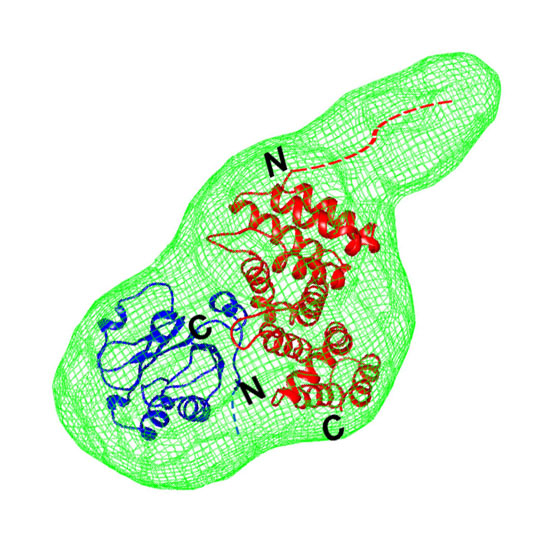The SARS‐unique domain (SUD) of SARS‐CoV and SARS‐CoV‐2 interacts with human Paip1 to enhance viral RNA translation
21-Apr-2021
EMBO J (2021), e102277, https://doi.org/10.15252/embj.2019102277
EMBO J, online article
The ongoing outbreak of severe acute respiratory syndrome (SARS) coronavirus 2 (SARS‐CoV‐2) demonstrates the continuous threat of emerging coronaviruses (CoVs) to public health. SARS‐CoV‐2 and SARS‐CoV share an otherwise non‐conserved part of non‐structural protein 3 (Nsp3), therefore named as “SARS‐unique domain” (SUD). We previously found a yeast‐2‐hybrid screen interaction of the SARS‐CoV SUD with human poly(A)‐binding protein (PABP)‐interacting protein 1 (Paip1), a stimulator of protein translation. Here, we validate SARS‐CoV SUD:Paip1 interaction by size‐exclusion chromatography, split‐yellow fluorescent protein, and co‐immunoprecipitation assays, and confirm such interaction also between the corresponding domain of SARS‐CoV‐2 and Paip1. The three‐dimensional structure of the N‐terminal domain of SARS‐CoV SUD (“macrodomain II”, Mac2) in complex with the middle domain of Paip1, determined by X‐ray crystallography and small‐angle X‐ray scattering, provides insights into the structural determinants of the complex formation. In cellulo, SUD enhances synthesis of viral but not host proteins via binding to Paip1 in pBAC‐SARS‐CoV replicon‐transfected cells. We propose a possible mechanism for stimulation of viral translation by the SUD of SARS‐CoV and SARS‐CoV‐2.











